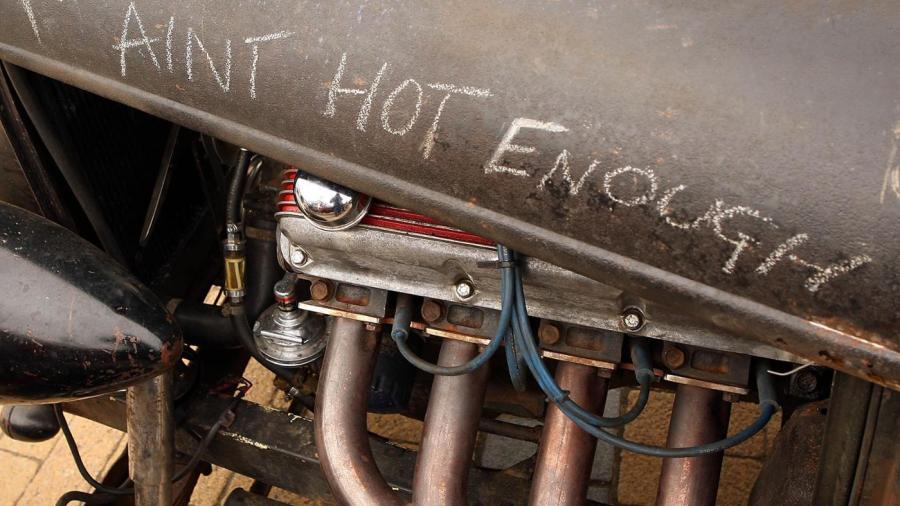What Causes a Car to Throw a Rod?

A thrown rod is usually the result of metal fatigue, insufficient lubrication or over-revving of an engine. When gasoline combusts in a cylinder, it drives the piston head downward, pushing the connecting rod and turning the crankshaft. If the metal is weakened, the connecting rod between the head and crankshaft may break. Poor lubrication can cause friction, and over-revving may produce more force than the connecting rod can handle.
Throwing a rod is usually a catastrophic engine failure. In many cases, it occurs while the piston is on the downstroke and can force the broken end of the rod into vital engine components. If it occurs while the piston is moving upward, it can force the piston head into the top of the cylinder with enough force to fuse the two pieces together. In either case, the engine must usually be replaced.
Keeping an engine properly lubricated is one way to help prevent this kind of damage. Low oil pressure can result in not enough oil inside the piston to keep the bearings of the piston head lubricated. Coupled with the metal fatigue present in a high-mileage engine, a lack of oil can be the final trigger that causes an engine to suffer a thrown rod.





